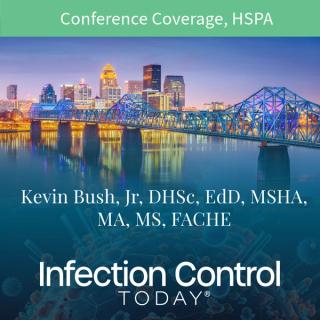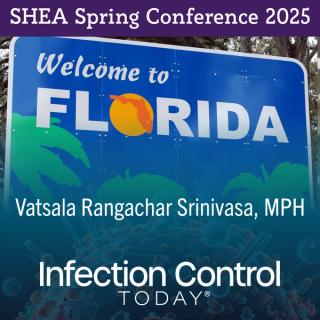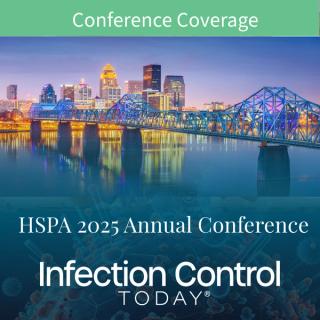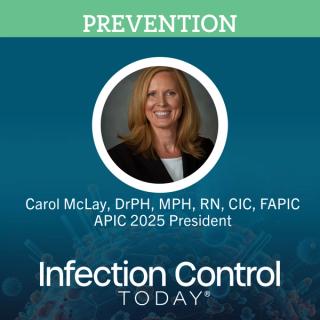
Prevention
Latest News

Latest Videos

More News

Invisible yet deadly, endotoxins evade traditional sterilization methods, posing significant risks during routine surgeries. Understanding and addressing their threat is critical for patient safety.
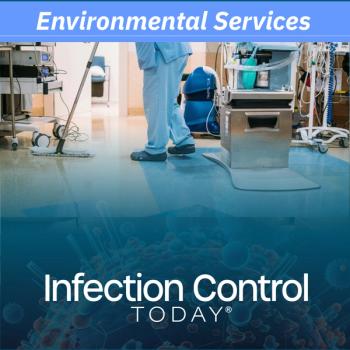
This article explores why it is essential to train housekeeping staff and leaders in health care facilities, emphasizing key reasons and evidence-based practices to back this necessity.

As infection prevention infrastructure unravels, professionals face déjà vu from the pandemic’s darkest days—making resilience not just important, but essential for survival and progress.
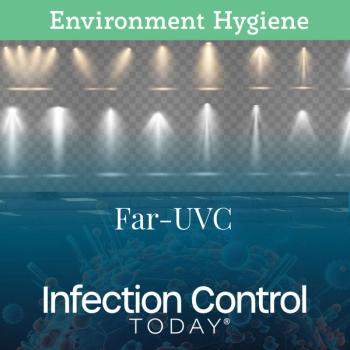
Far-UVC technology offers a promising solution for continuous disinfection in occupied spaces, with growing evidence supporting its safety, efficacy, and potential in health care environments.

A rare Tennessee outbreak of Mycobacterium fortuitum revealed deep gaps in infection prevention at outpatient surgery centers—where oversight, staffing, and reporting often fall short.
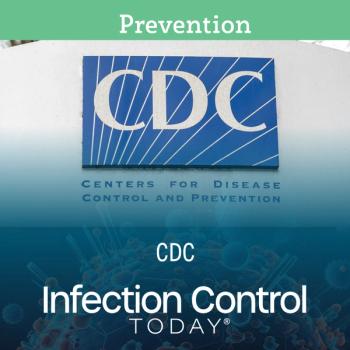
The disbanding of HICPAC has left infection prevention experts scrambling to preserve national standards and ensure continuity amid growing concern over science-driven public health policy. Connie Steed, MSN, RN, CIC, FAPIC, speaks with ICT.
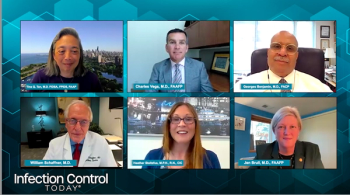
In 2025, vaccine science is thriving—but trust is faltering. ICT and Medical Economics convene experts to examine policy shifts, hesitancy, and the path forward through evidence and empathy.
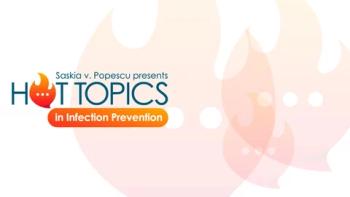
This week’s Infection Control Today’s Hot Topics in IPC discusses the latest in the measles outbreak, H5N1 in cattle herds, HICPAC, and more.

The abrupt disbanding of HICPAC silences decades of infection control expertise, leaving health care workers without unified guidance as deadly threats to patient safety rise.
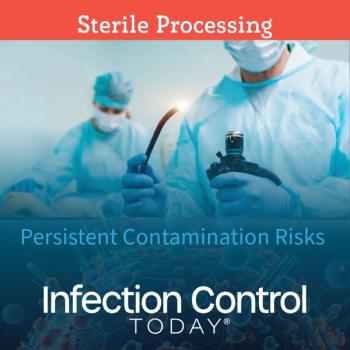
Two new studies reveal troubling contamination in both new endoscopes and cleaned lumened surgical instruments, challenging the reliability of current reprocessing practices and manufacturer guidelines.

A routine audit at Texas Children’s Hospital uncovered systemwide gaps in sterile processing, revealing deeper issues and reinforcing the critical role of education and equipment oversight.

A new study presented at the 2025 SHEA Spring Conference reveals that while infectious disease consults do influence hospitalists’ use of broad-spectrum antibiotics, the relationship is anything but straightforward—challenging assumptions in antimicrobial stewardship and offering new insights into prescribing behavior.

The proposed elimination of ASPR’s Hospital Preparedness Program in the 2026 federal budget could dismantle essential emergency readiness infrastructure and jeopardize national health care safety.

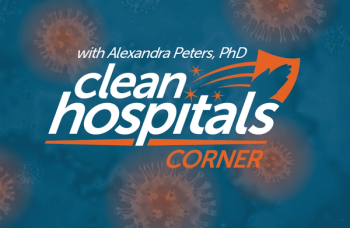
Despite their protective role, gloves are often misused in health care settings—undermining hand hygiene, risking patient safety, and worsening environmental impact. Alexandra Peters, PhD, points out that this misuse deserves urgent attention, especially today, World Hand Hygiene Day.

Sterile processing departments must be ready to maintain continuity and patient safety—even when technology fails. A downtime playbook can make all the difference.

Clear, consistent alignment between infection preventionists and sterile processing teams on IFUs is essential for safe reprocessing—and increasingly achievable with the right tools and mindset.

Hannah Schroeder, BSHA, CRCST, CIS, CHL, CER, presented a workshop at HSPA Annual Conference on how sterile processing leaders are turning to quality management systems like AAMI ST90 to drive data-informed decisions, justify resources, and improve department-wide outcomes through advocacy.

Infection preventionists face relentless demands, but true resilience begins when they replace self-judgment with grace, processing emotions with acceptance and compassion—not perfection.

With his term as HSPA president concluded at the end of the HSPA Annual Conference, Anthony Bondon CRCST, CHL, BSM, AAS, SME, LSSYB, reflects on the power of connection, service, and why sterile processing professionals are the true champions of health care.

Deep feelings run strong about the COVID-19 pandemic, and some beautiful art has come out of those emotions. Infection Control Today is proud to share this poem by Carmen Duke, MPH, CIC, in response to a recent article by Heather Stoltzfus, MPH, RN, CIC.
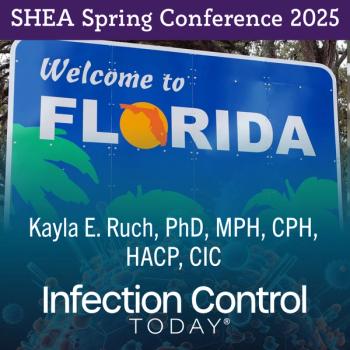
With staffing shortages and rising infection risks, the TEPHI 200-Series delivers accessible, high-impact training to empower healthcare professionals and strengthen infection prevention efforts nationwide.

Elizabeth (Betty) Casey, MSN, RN, CNOR, CRCST, CHL, is the SVP of Operations and Chief Nursing Officer at Surgical Solutions in Overland, Kansas. This SPD leader reframes preparation, unpredictability, and teamwork by comparing surgical services to the Kentucky Derby to reenergize sterile processing professionals and inspire systemic change.

Sterile processing departments face high-stakes challenges daily. At AORN 2025, Marjorie Wall outlined transformative strategies to improve safety, efficiency, and cross-departmental collaboration, and also discussed HSPA 2025.
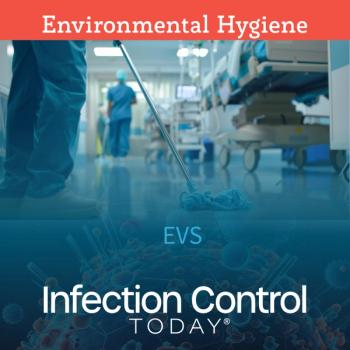
Training EVS workers for hygiene excellence demands more than manuals—it requires active engagement, motor skills coaching, and teach-back techniques to reduce HAIs and improve patient outcomes.





